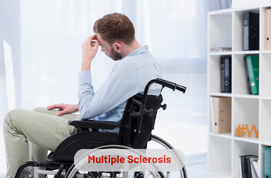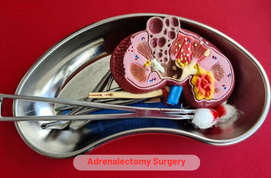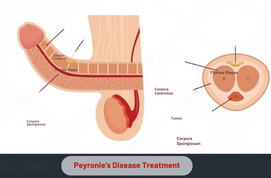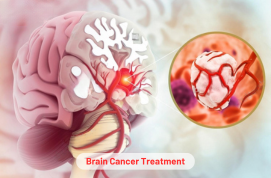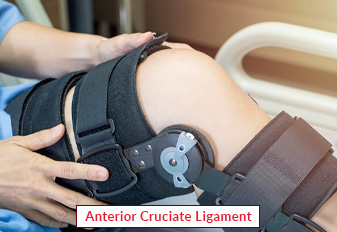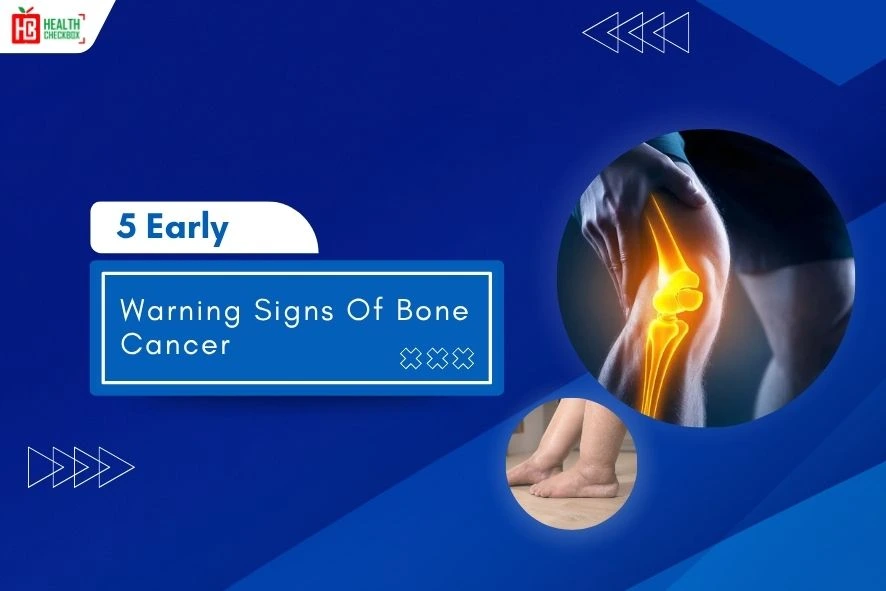Multiple sclerosis is a chronic condition which affects the brain and spinal cord. It is considered an autoimmune disease. In this condition the immune system attacks myelin in the central nervous system. Myelin is a type of protein and fatty acids, its main work is to communicate between neurons. It also creates a protective layer known as the myelin sheath. This layer covers brain nerves. When myelin sheath is damaged or attacked by the immune system it damages the nerves cell bodies.
Hence, damaged myelin forms scars tissues called sclerosis. As the disease develops more in the body the outer layer of the brain shrinks overtime. This process is called cortical atrophy. Hence, medical professionals use sclerosis as a medical term for describing distinctive parts of scar-like tissues that result from the attack on myelin. In addition, multiple sclerosis is a long-term chronic disorder of the CNS. It is an unpredictable condition which affects individuals differently.
Some people with MS may experience mild symptoms. In the meantime others may lose their ability to see clearly, write, speak or walk. It happens due to communication disruption between the brain and body. The disease symptoms generally start in young adults between ages of 20 and 50.
Symptoms of Multiple Sclerosis
Multiple sclerosis symptoms depend on the part of the nervous system that is affected. Hence, every person experiences different symptoms; these could be short-term and long-term. These are following symptoms:
- Blurred vision
- Trouble while walking, speaking and writing
- Mood swings
- Dizziness
- Depression
- Anxiety
- Difficulty in concentration
- Upset mind
- Tremor
- Spasticity
- Bowel problem
- Difficulty while making decision
Multiple Sclerosis Causes
Following are the possible causes that are responsible for multiple sclerosis:
- Genetic diseases
- Infection and viruses attack
- Autoimmune disease
- Environmental conditions
- Injury in the head
- Traumatic injury
Multiple Sclerosis Diagnosis
Multiple sclerosis diagnosis is determined on the basis of signs and symptoms of the condition. A healthcare provider used different tests to detect the condition. These tests are as follows:
- MRI – The test involves a combination of large magnets and a computer system to get detailed images of the organs and structures without the use of X-Rays. During this test doctors can identify plaques and scars caused by multiple sclerosis in the brain.
- Evoked Potentials – In this test a team of medical experts record the brain’s electrical response. This test shows if you have a slow rate of communication of neurons in the different areas of the brain.
- Cerebrospinal fluid analysis – During this test doctors took a fluid from the spinal column for evaluation and diagnosis. It is done to check cellular and chemical abnormalities viewed with multiple sclerosis.
- Blood test – Blood test is determined to check other abnormalities associated with different neurological symptoms.
- Eye Examination – It is performed to take further measurements.
Multiple Sclerosis Treatment
There is no permanent cure available to treat Multiple Sclerosis however, the condition can be managed through medications, physical therapies, speech therapies, and mental health counseling. Following are the common methods to treat the disease.
1. Disease-Modifying Therapies
Injectable medications – Interferon beta-1a, interferon beta-1b, glatiramer acetate.
Oral medications – Fingolimod, teriflunomide, dimethyl fumarate, ozanimod.
Infusion treatments.
2. Symptomatic Treatment
Spasticity – Baclofen, tizanidine, or physical therapy.
Fatigue – Modafinil, amantadine, or lifestyle changes.
Pain – Anticonvulsants (gabapentin), antidepressants, or NSAIDs.
Bladder dysfunction – Anticholinergic medications, botox injections, or intermittent catheterization.
Depression – Antidepressants, cognitive behavioral therapy (CBT).
3. Relapse Management
High-dose corticosteroids – Methylprednisolone to reduce inflammation and manage flare-ups.
Plasmapheresis – For severe relapses unresponsive to steroids.
4. Physical and Occupational Therapy
Rehabilitation programs – To improve mobility, strength, and coordination.
Adaptive devices – Canes, walkers, or wheelchairs as needed.
5 Lifestyle Modifications
Exercise – Regular physical activity to maintain mobility and manage fatigue.
Diet – Nutritional counseling for optimal health and weight management.
Mental health – Counseling and stress management techniques for emotional well-being of the patient.
6. Complementary and Alternative Treatments
Acupuncture – Provide assistance in relaxing pain and spasticity.
Dietary supplements – Vitamin D supplementation.
Our Other Services
Latest Health Tips
Can Immunotherapy Cure Stage 4 Lung Cancer?
Early Signs of Cervical Cancer
Foods that Kill Cancer: Leafy Vegetables, Grains, & More
What Stage of Cancer is Immunotherapy Used For?
Which is Worse for Cancer, Sugar or Alcohol?
Vaccines That Prevent Cancer
What Kills Cancer Cells in the Body Naturally?
5 Early Warning Signs of Bone Cancer
Submit Your Enquiry
Testimonials
